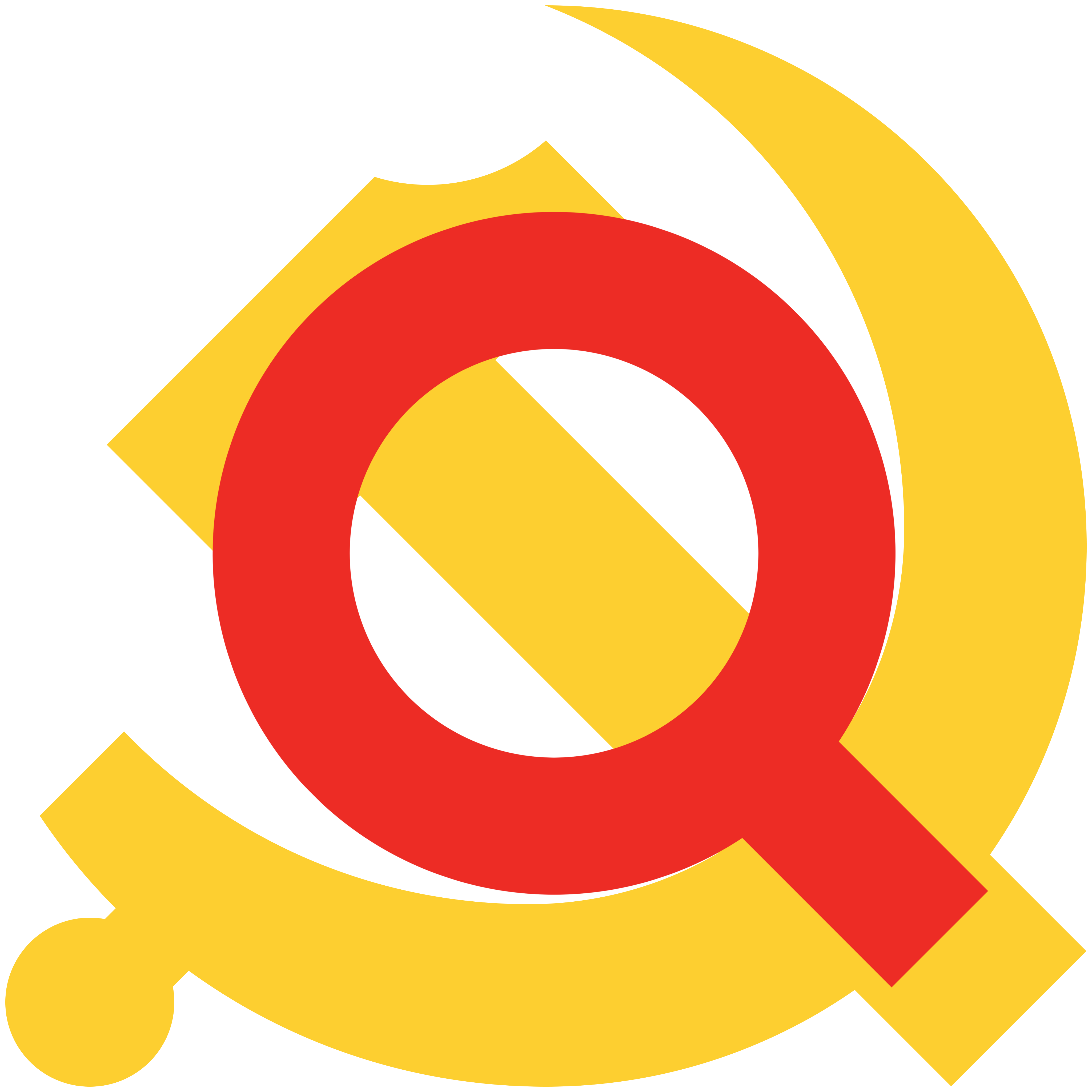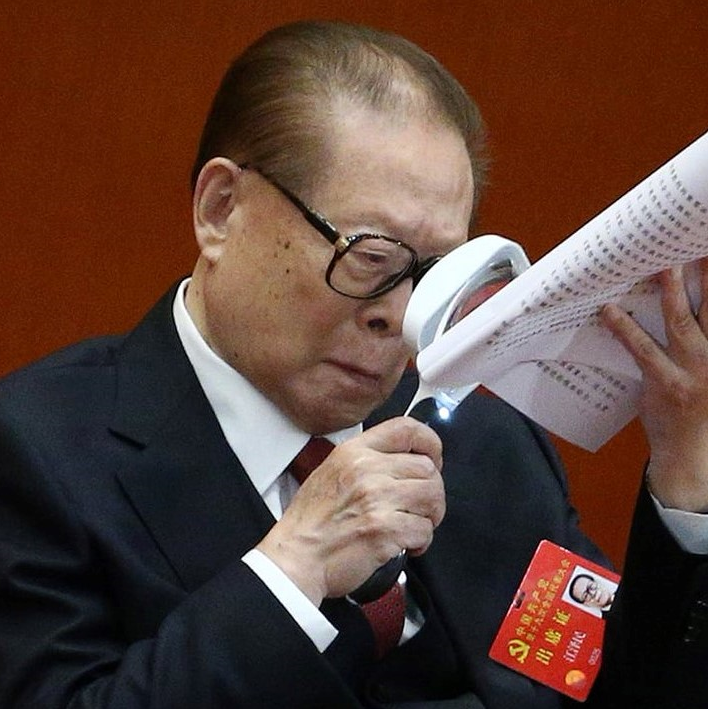(See first post for background: #1 Cultural Revolution, previous post: #5 Rise of First KMT-CPC Cooperation and Climax of the Great Revolution)
A Concise History of the Communist Party of China (2021, ISBN 978-7-5117-3978-0), pg. 30-35
《中国共产党简史》, pg. 25-28
(Chapter 1)
5. The Northern Expedition and the Worker and Peasant Movements
The Victorious March of the Northern Expedition
In July 1926, the National Revolutionary Army launched the Northern Expedition. The direct targets of the expedition were the imperialist-backed Northern Warlords, mainly Wu Peifu, Sun Chuanfang, and Zhang Zuolin, who had 700,000 troops under their direct control. The National Revolutionary Army under the Nationalist Government totaled around 100,000 men.
Vastly outnumbered, the NRA, under the guidance of Soviet advisors, opted for a strategy of concentrating its forces to eliminate enemy units one by one. With strong support from the locals along the way, the Northern Expeditionary Army won sweeping victories. In September, the army occupied Hanyang and Hankou. On October 10, it conquered Wuchang and wiped out the main force of Wu Peifu. The Army in Jiangxi eliminated the main force of Sun Chuanfang and occupied Jiujiang and Nanchang in early November. It seized Fuzhou in Fujian Province without a fight in December. The Army then made a plan to seize Zhejiang and Shanghai and gather its forces in Nanjing. In February 1927, it occupied Hangzhou and the whole province of Zhejiang. In March, it occupied Anqing and Nanjing and entered Shanghai. By this time, the Northern Expeditionary Army held all of the areas south of the Yangtze River.
While the Northern Expeditionary Army was building a tremendous victory, the Feng Yuxiang-led National Army, with the help of the Soviet Union and the CPC, moved south in September 1926, after taking a mass pledge in Wuyuan County, Suiyuan. In November, they took control of Shaanxi and Gansu provinces and prepared to move eastward out of Tongguan in support of the Northern Expeditionary Army.
The Northern Expedition was carried out under the anti-imperialist and anti-warlord slogans of the Communist Party. During the march of the Northern Expedition, members of the CPC and the Communist Youth League put their lives at risk and played a pioneering role, especially the independent regiment led by CPC member Ye Ting. The regiment, the first to enter Wuchang, matured into a heroic and battle-hardened unit of the Fourth Army, which was known as the “Iron Army.” The Communists made great contributions to the army’s political work and efforts to mobilize workers and peasants. Under the leadership of the Guangdong Regional Party Committee, the Guangzhou-Hong Kong Strike Committee of Guangdong organized 3,000 men into transport, propaganda, and medical teams to follow the troops north. The CPC Hunan Regional Committee mobilized workers and peasants to act as guides, deliver messages, transport equipment, and give medical aid. The committee also organized peasant self-defense corps to join in the fighting. Such enthusiasm was rarely seen in previous wars in China.
The great success achieved by the Northern Expedition in a short period of time was attributable to the cooperation between the KMT and the CPC.
The Upsurge of the Worker and Peasant Movements in Hunan, Hubei, and Jiangxi
After the victorious march of the Northern Expedition, the worker and peasant movements expanded at an unprecedented scale. The most remarkable developments occurred in Hunan, Hubei, and Jiangxi provinces.
It was in these provinces that the peasant movement first rose to prominence. In November 1926, Mao Zedong became the secretary of the Peasant Movement Committee of the CPC Central Committee. The peasant movements in Hunan, Hubei, Jiangxi, and Henan were the main focus of Mao’s work. From the summer of 1926 to January of the following year, the membership of peasant associations surged from 400,000 to 2 million in Hunan. Once the peasants were organized, they started to take action, launching an unprecedented rural revolution. As Mao Zedong pointed out at the time, “The national revolution requires a great change in the countryside. The Revolution of 1911 did not bring about this change, hence its failure. This change is now taking place, and it is an important factor for the completion of the revolution.”
Landlords, gentry, and the KMT right-wing were horrified by the flourishing peasant movement. They attacked the movement, labeling it a “movement of riffraff” and “utterly appalling!” At the beginning of 1927, Mao Zedong conducted a 32-day investigation into the peasant movement in Hunan. In his subsequent “Report on an Investigation of the Peasant Movement in Hunan,” he sharply refuted various fallacies inside and outside the CPC condemning the movement. He discussed the great significance of the rural revolution, and argued that all revolutionaries should stand in front of the peasants and lead them, not stand behind them and criticize them, much less stand opposite to them and oppose them. He emphasized that the Party should rely on the poor peasants, who were the “vanguard of the revolution” and unite with the middle peasants and other forces that could be won over. The Party should work to establish peasant associations and peasant armed forces so that the peasant associations could take over all the power in the countryside. Then they should reduce rents and interest and redistribute the land.
In the cities, the worker movement was also on the rise. In September and October 1926, the Hunan and Hubei provincial federations of trade unions were established. By January 1927, there were 700,000 union members in the two provinces. The Jiangxi Provincial Federation of Trade Unions was also formally established. These three provinces applied the experience of Guangzhou-Hong Kong Strike to organize armed workers’ pickets. In Changsha, Wuhan, Jiujiang, and other cities, workers held large-scale strikes, most of them successful. With the mass anti-imperialist struggle in full swing, the Nationalist Government was prompted to take back the British Concessions in Hankou and Jiujiang in February 1927.
Encouraged by the victorious advance of the Northern Expedition and the upsurge of the worker and peasant movements, the CPC Central Committee and Shanghai Regional Committee began in October 1926 to organize armed uprisings involving Shanghai workers. The first two were defeated. Thereafter, the CPC Central Committee and Shanghai Regional Committee jointly established a supreme body to command the uprisings. Known as the Special Committee, its members were Chen Duxiu, Luo Yinong, Zhao Shiyan, Zhou Enlai, with Zhou also serving as chief commander. Under its direct leadership, the Shanghai workers successfully staged a third armed uprising on March 21, 1927. On the 22nd, the Provisional Municipal Government of Shanghai Special City was established. It was the first revolutionary regime to be established by the people in a major city under CPC leadership.
The third armed uprising of the Shanghai workers was a major feat of the Chinese workers’ movement during the Great Revolution and the culmination of the movement’s development during the Northern Expedition.

